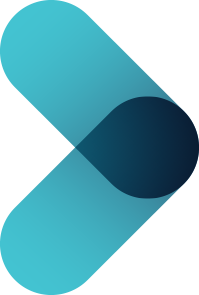GIVE NOW before 2025 ends—your gift will be doubled to help children in need. Click here to 2x your impact!

Ranked nationally in pediatric care.
Arkansas Children's provides right-sized care for your child. U.S. News & World Report has ranked Arkansas Children's in seven specialties for 2025-2026.

It's easier than ever to sign up for MyChart.
Sign up online to quickly and easily manage your child's medical information and connect with us whenever you need.
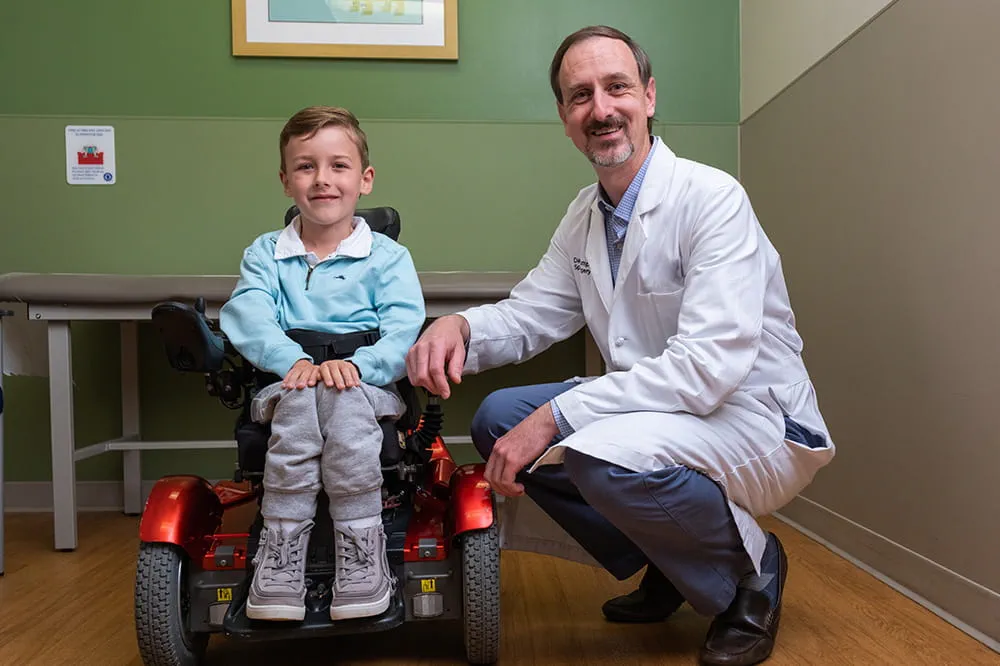
We're focused on improving child health through exceptional patient care, groundbreaking research, continuing education, and outreach and prevention.
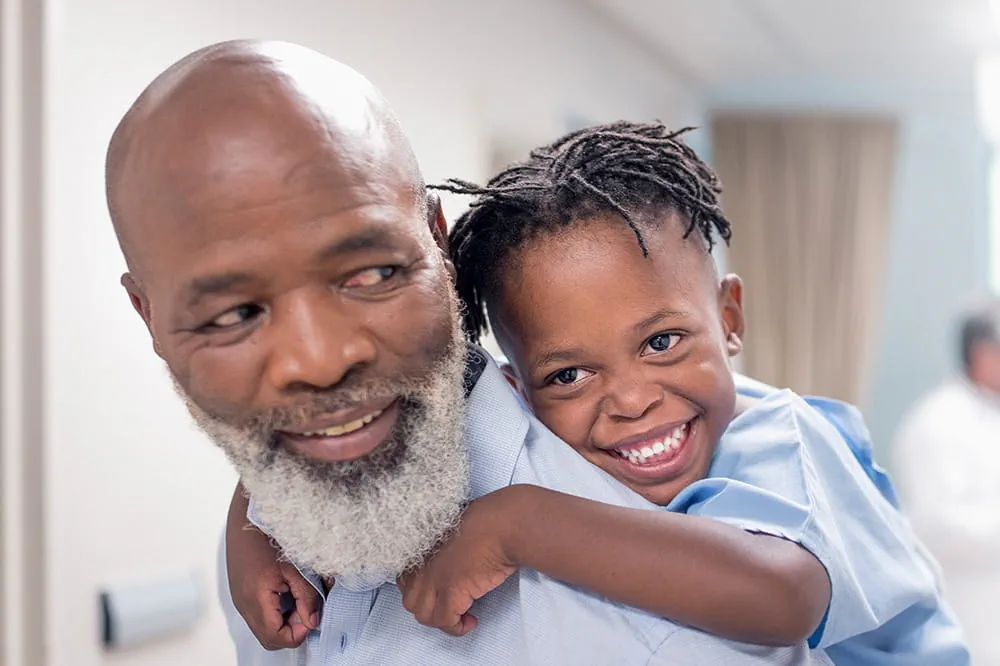
When it comes to your child, every emergency is a big deal.
Our ERs are staffed 24/7 with doctors, nurses and staff who know kids best – all trained to deliver right-sized care for your child in a safe environment.

Arkansas Children's provides right-sized care for your child. U.S. News & World Report has ranked Arkansas Children's in seven specialties for 2025-2026.

Looking for resources for your family?
Find health tips, patient stories, and news you can use to champion children.

Support from the comfort of your home.
Our flu resources and education information help parents and families provide effective care at home.

Children are at the center of everything we do.
We are dedicated to caring for children, allowing us to uniquely shape the landscape of pediatric care in Arkansas.
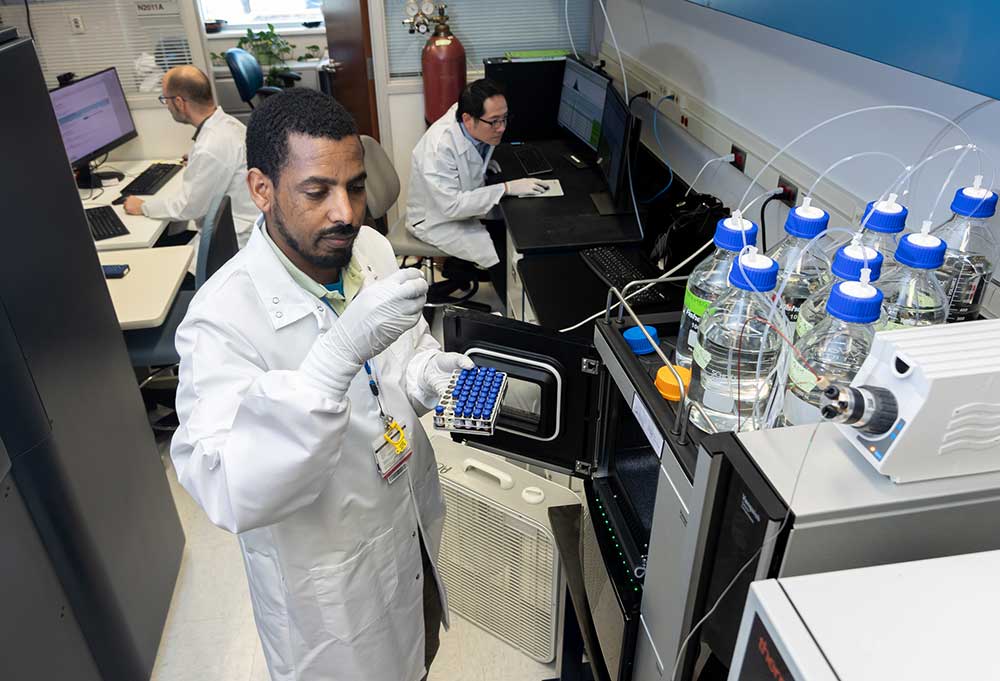
Transforming discovery to care.
Our researchers are driven by their limitless curiosity to discover new and better ways to make these children better today and healthier tomorrow.

We're focused on improving child health through exceptional patient care, groundbreaking research, continuing education, and outreach and prevention.
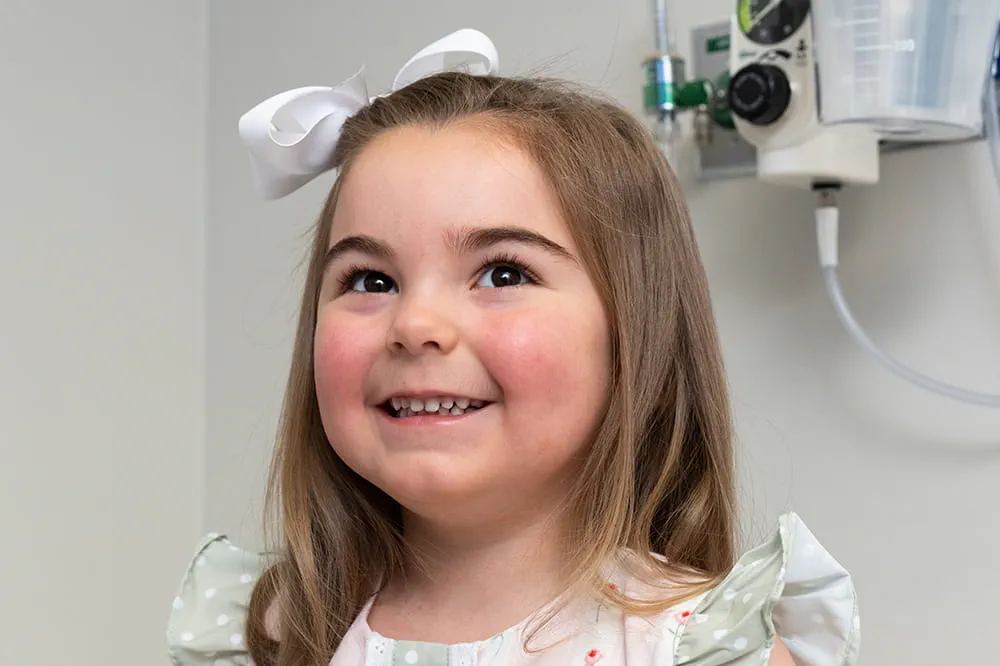
Then we're looking for you! Work at a place where you can change lives...including your own.
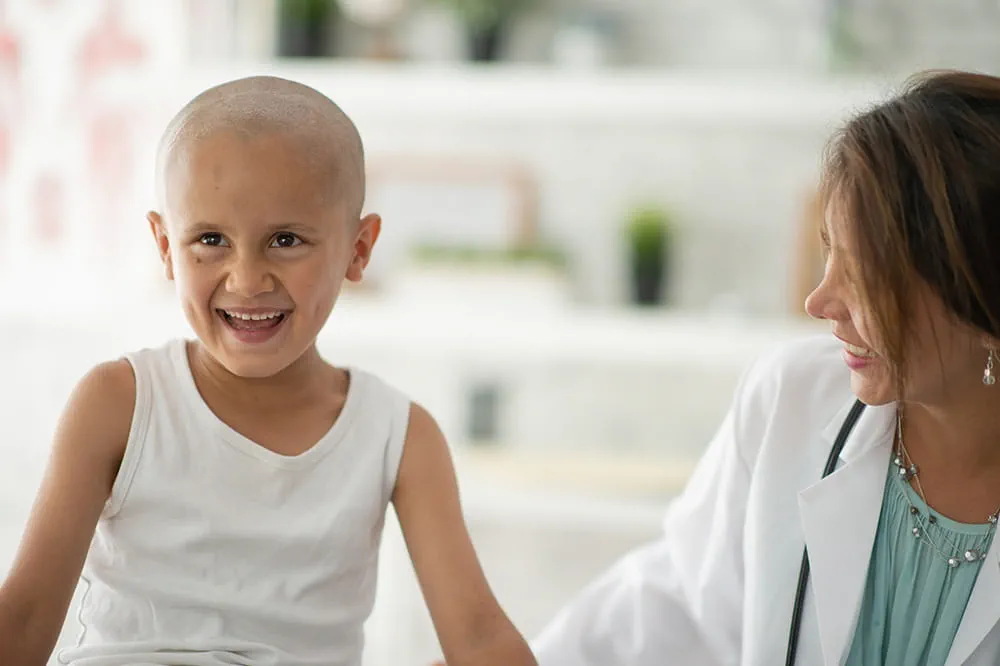
When you give to Arkansas Children's, you help deliver on our promise of a better today and a healthier tomorrow for the children of Arkansas and beyond
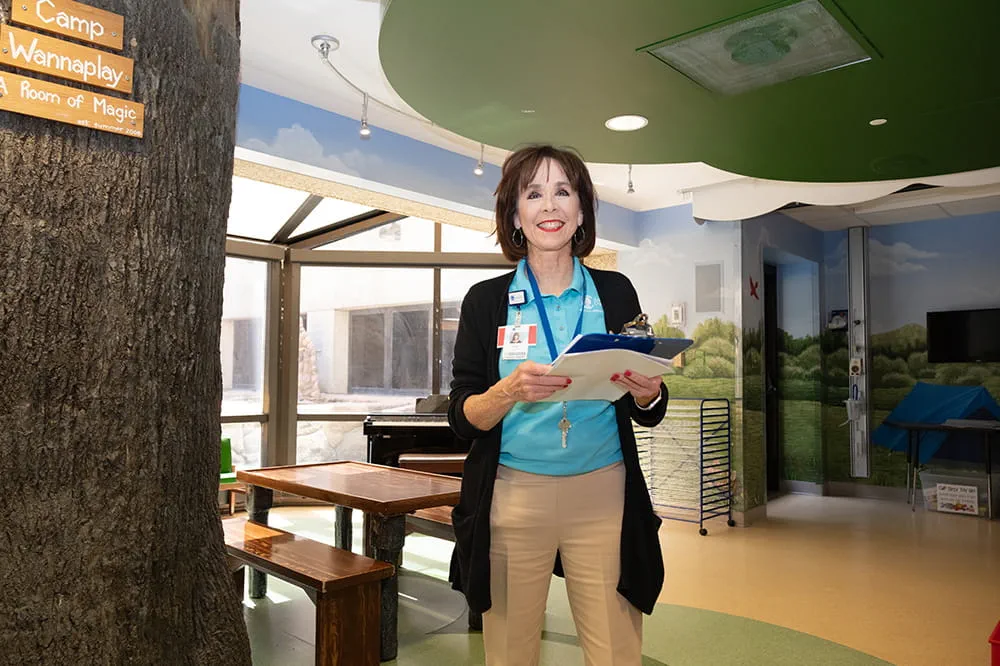
Become a volunteer at Arkansas Children's.
The gift of time is one of the most precious gifts you can give. You can make a difference in the life of a sick child.

Join our Grassroots Organization
Support and participate in this advocacy effort on behalf of Arkansas’ youth and our organization.

Learn How We Transform Discovery to Care
Scientific discoveries lead us to new and better ways to care for children.

Learn How We Transform Discovery to Care
Scientific discoveries lead us to new and better ways to care for children.

Learn How We Transform Discovery to Care
Scientific discoveries lead us to new and better ways to care for children.

Learn How We Transform Discovery to Care
Scientific discoveries lead us to new and better ways to care for children.

Learn How We Transform Discovery to Care
Scientific discoveries lead us to new and better ways to care for children.

Learn How We Transform Discovery to Care
Scientific discoveries lead us to new and better ways to care for children.
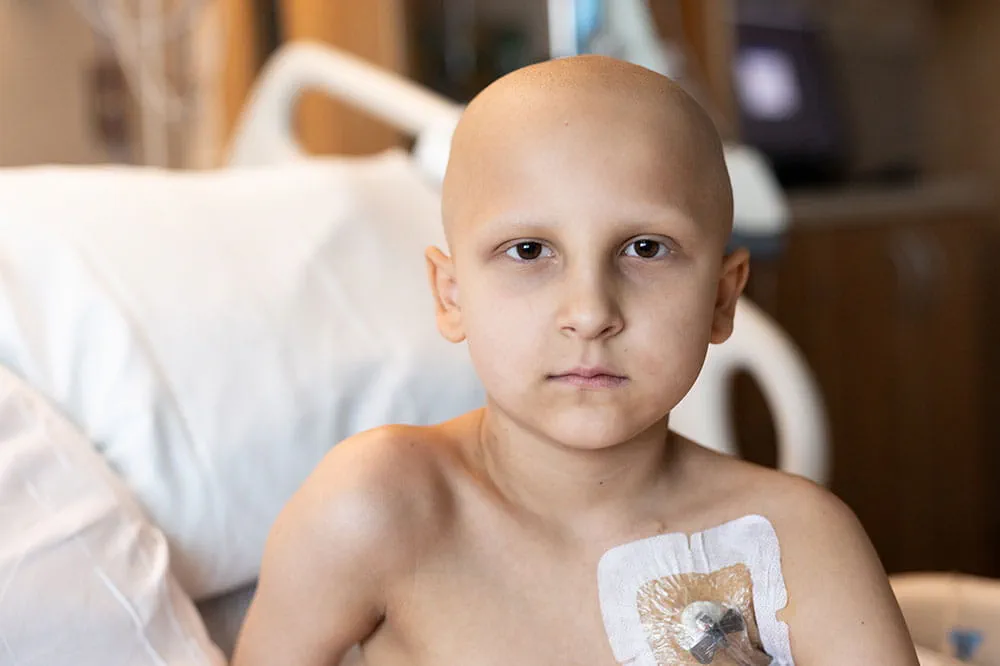
When you give to Arkansas Children’s, you help deliver on our promise of a better today and a healthier tomorrow for the children of Arkansas and beyond.
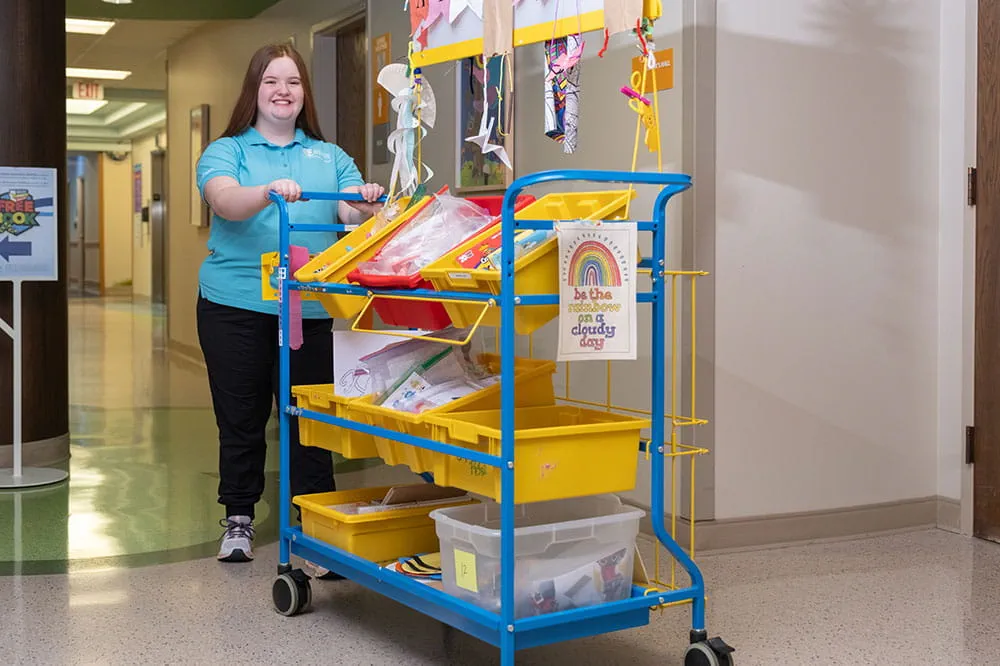
Your volunteer efforts are very important to Arkansas Children's. Consider additional ways to help our patients and families.
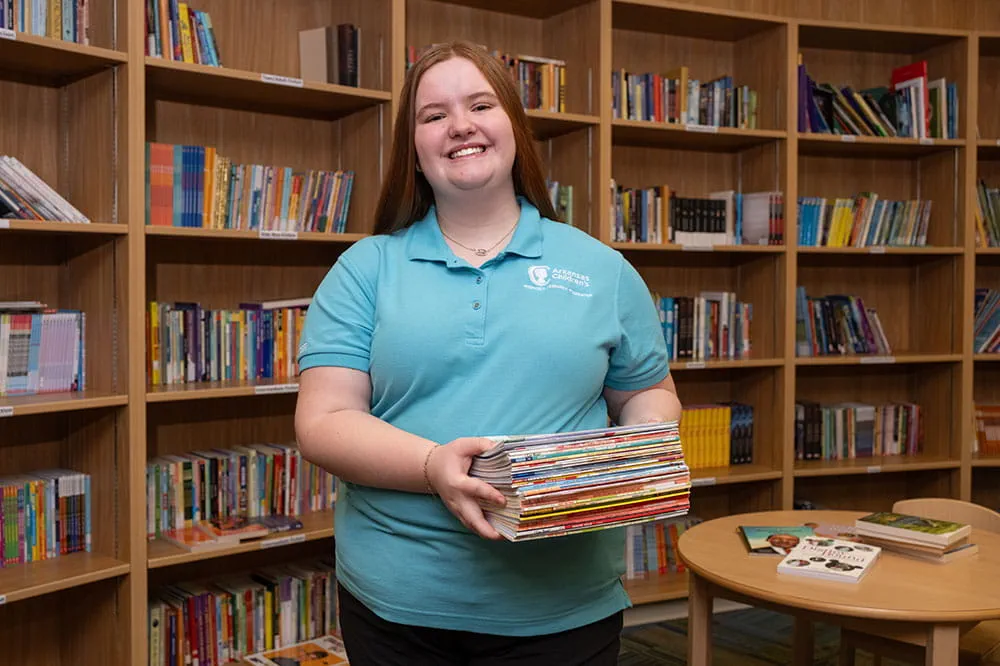
Join one of our volunteer groups.
There are many ways to get involved to champion children statewide.

Make a positive impact on children through philanthropy.
The generosity of our supporters allows Arkansas Children's to deliver on our promise of making children better today and a healthier tomorrow.
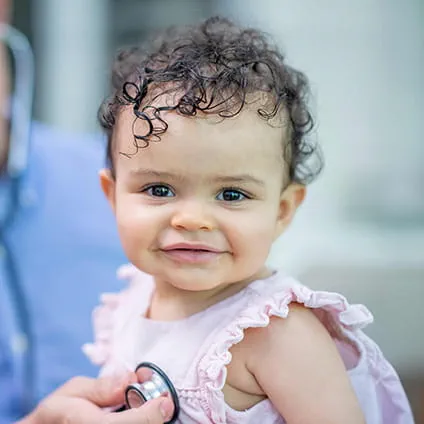
Read and watch heart-warming, inspirational stories from the patients of Arkansas Children’s.
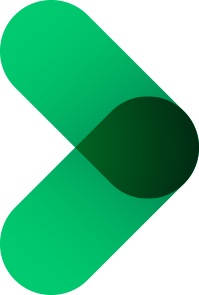
Hello.
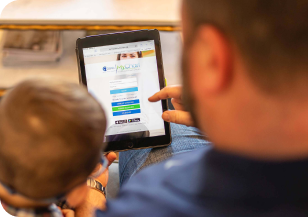
Arkansas Children's Hospital
General Information 501-364-1100
Arkansas Children's Northwest
General Information 479-725-6800

Atrial Septal Defects (ASD)
What is an atrial septal defect?
An atrial septal defect (ASD) is a hole between the heart's two upper chambers, called the atria. It is a type of congenital heart condition, which means it’s a condition a baby is born with.
The size of an ASD can vary from small to large. An ASD allows blood to flow from the left to the right atrium, which causes more blood to flow through the lungs than normal. Over time, an ASD can stress the heart and lungs and cause the child to develop other heart problems as they age.
There are 4 basic types of classifications:
- Ostium Secundum – Most common type of ASD accounting for 75% of all ASDs. Can be seen in conjunction with other congenital heart defects as well.
- Ostium Primum – Second most common type of ASD accounting for 20% of all ASDs. Also known as an endocardial cushion defect due to sharing the same tissue as nearby atrioventricular valves (mitral and tricuspid valves).
- Sinus Venosus – Either superior, if high on the right atrium near the superior vena cava and right atrial junction (most common type), or inferior, if low on the right atrium near the inferior vena cava. Often these are associated with the anomalous pulmonary venous defect, commonly referred to as a partially anomalous pulmonary venous defect. These account for less than 5% of all ASDs.
- Coronary Sinus – Also known as an unroofed coronary sinus, this is the least common type, accounting for less than 1% of all ASDs.
What are the signs and symptoms of an atrial septal defect?
An atrial septal defect's symptoms depend largely on the amount of blood flow traveling across the defect. Blood can be moved from right-to-left or left-to-right. The amount of shunting is related to the size of the defect and the lung resistance. When too much blood goes to the lungs, they can get overworked, often seen a few weeks after birth when lung falls. Children may require medication to help the body remove "extra" fluid on the lungs associated with this over circulation. Additionally, if this connection is not fixed, the lungs can become permanently injured, and the child can develop pulmonary hypertension, which may prevent any future repair.
Your child's symptoms may include:
- Getting tired easily
- Poor growth
- Shortness of breath
- Elevated heart rate
- Poor feeding
What causes an atrial septal defect?
During a baby’s development, there are several openings between the atria. Normally these openings close before birth or shortly after birth. When an opening does not close, it becomes an ASD. Experts do not know what causes some children to develop an ASD.
How is an atrial septal defect treated?
Your child’s treatment will depend on how large the ASD is and where it is located. Some children with small ASDs may not need any treatment. Instead, your child’s doctor may track their condition over time. Your care team at Arkansas Children’s is experienced in treating atrial septal defects and will work with you to develop the best treatment plan for your child’s specific condition and symptoms.
- Cardiac catheterization device closure is a desired approach for atrial defects. It is a minimally invasive procedure that uses a narrow, flexible tube called a catheter. During the procedure, the doctor inserts the catheter into a blood vessel in the groin. Once the guide wire is placed within the defect, a catheter with its occluder device is positioned and deployed. This procedure is done in the Cardiac Catheterization Lab (Cath Lab).
- If your child’s ASD is very large or in a spot that is hard to close with catheterization, they may need surgery to close the hole. The surgical approach is a standard midline incision. A machine that allows the heart and lungs to rest (cardiopulmonary bypass) is used to allow the surgery team to repair the area of concern. Surgical repair most commonly involves placing a patch of biological or synthetic material on the atrium's septum.
- A "Minimal Incision ASD" repair is performed when clinically able and is an advanced operative technique in which the incision is minimized, and the sternum is only partially opened.
How long is recovery?
Recovery time is dependent on the technique used to repair the atrial septal defect.
Interventional repair in the Cath Lab will routinely require an overnight stay on the Cardiovascular Intermediate Service (Step-Down). The breathing tube (endotracheal tube) inserted for surgery is removed before leaving the Cath Lab. Minimally invasive intravenous lines are placed before the procedure for delivery of medication and hydration. These peripheral intravenous (PIV) catheters are left in place and removed as soon as enough fluids can be taken by mouth. The site where the catheter was placed, usually the groin, will have a pressure bandage applied and require lying flat for approximately 6 hours. Routine monitoring will generally include cardiac rhythm on telemetry, pulse oximetry probe to monitor oxygen saturation, and non-invasive blood pressure measurements. Anticipate discharge home the next day after a few routine exams (electrocardiogram, chest x-ray and echocardiogram).
After a surgical atrial septal defect repair, monitoring in the post-operative period will include invasive lines, such as an arterial line and central venous line, to monitor blood pressure and deliver medications. Medications may be needed to control hemodynamics, provide sedation and maintain hydration during recovery. Perfusion is monitored by pulse oximetry and NIRS (near-infrared spectroscopy) probes. The breathing tube (endotracheal tube) is generally able to be removed before leaving the operating room. A chest tube will be present to remove air, blood and/or fluid from around the heart or lungs. This tube will be removed in the ICU as soon as possible, typically the following day.
The average length of hospital stay is around 3-5 days.
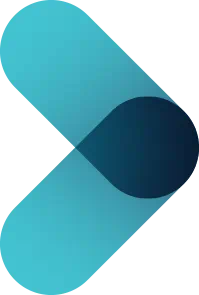
Appointments
New and existing patients can visit our appointment hub for several ways to request an appointment, including online scheduling for many services.
Request an appointment